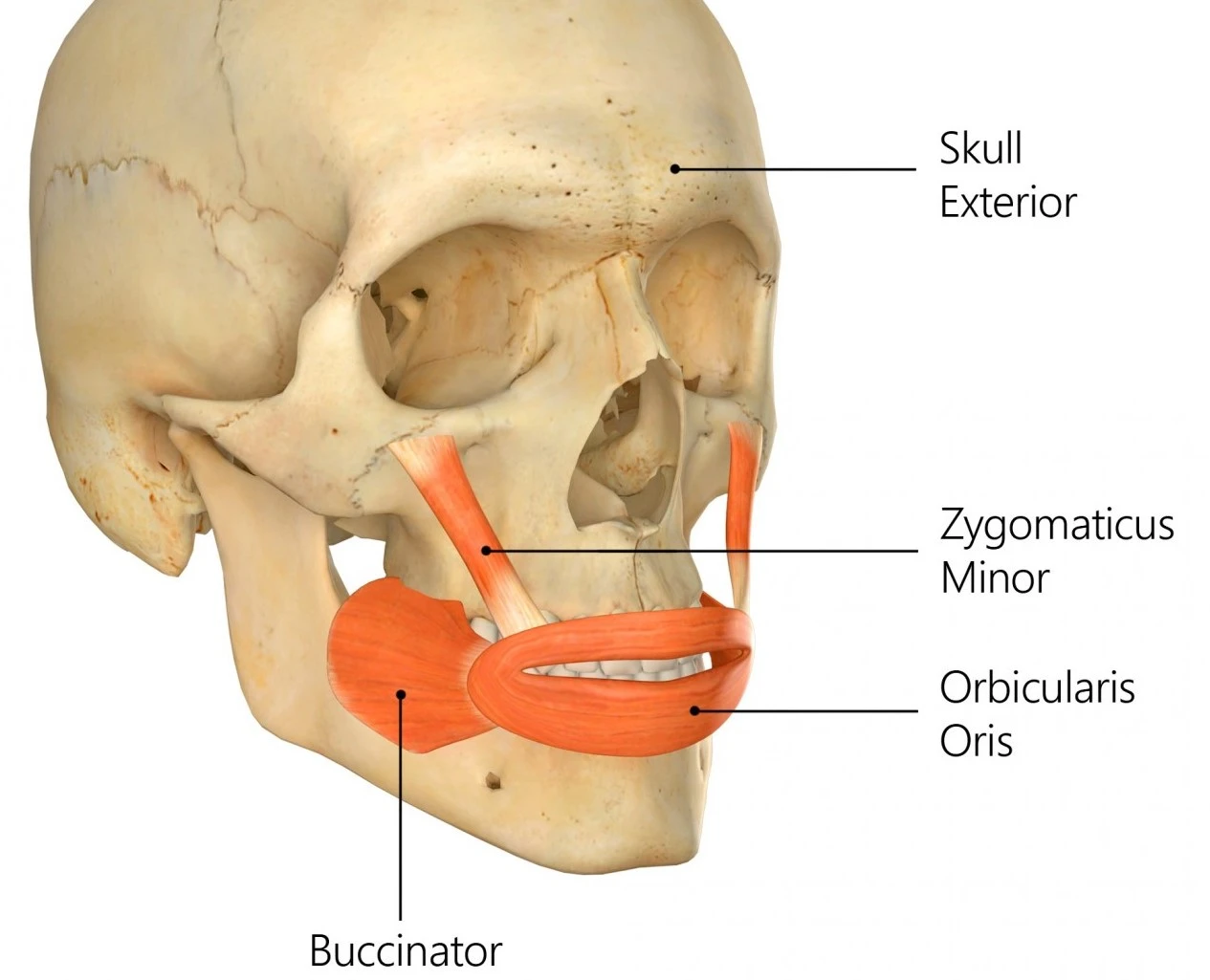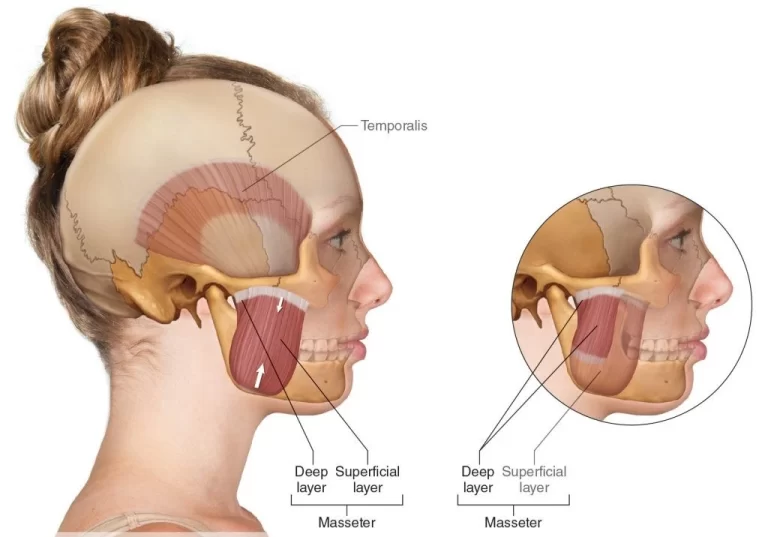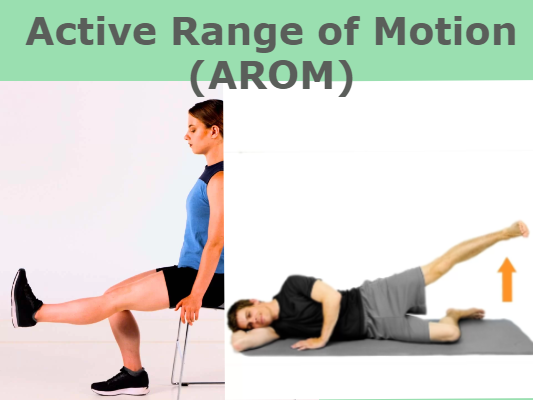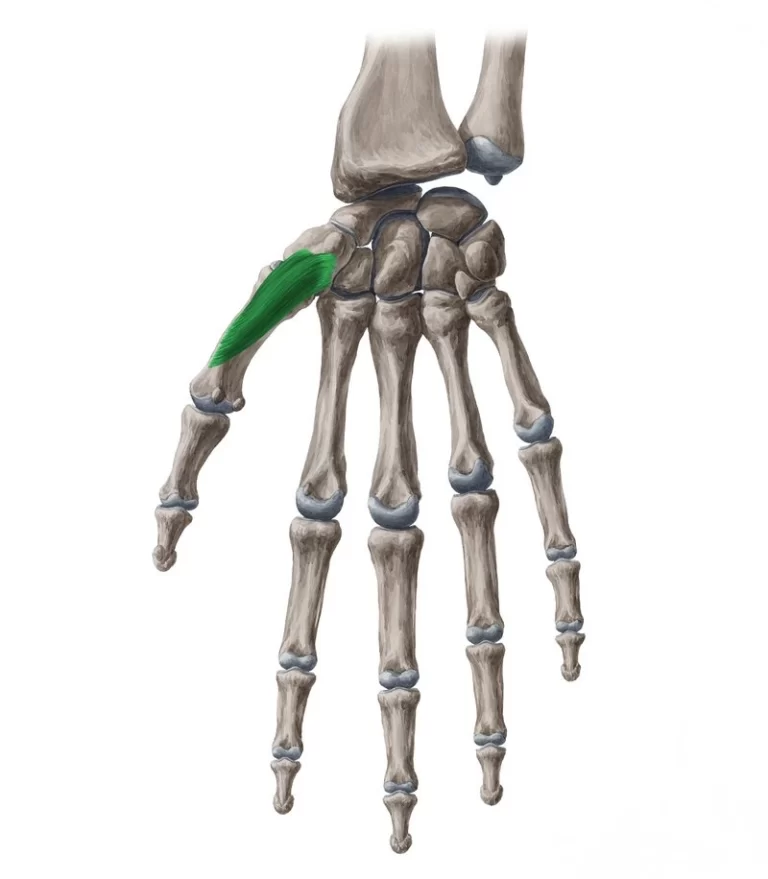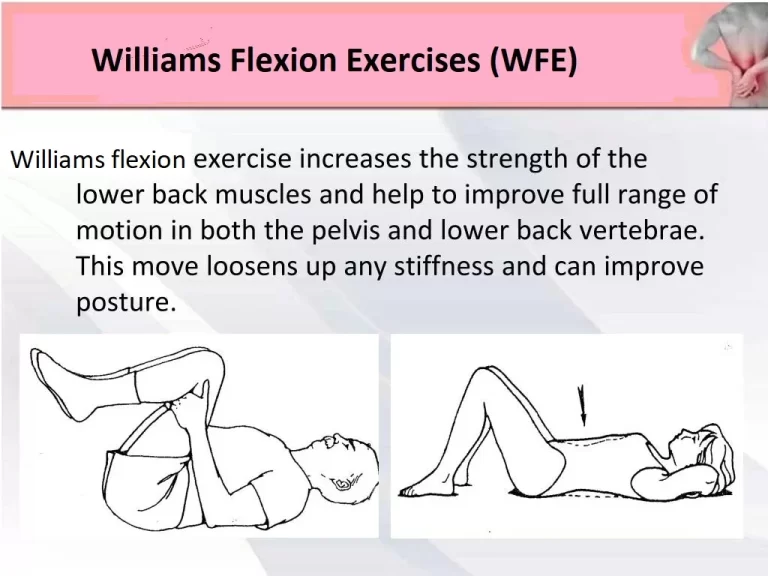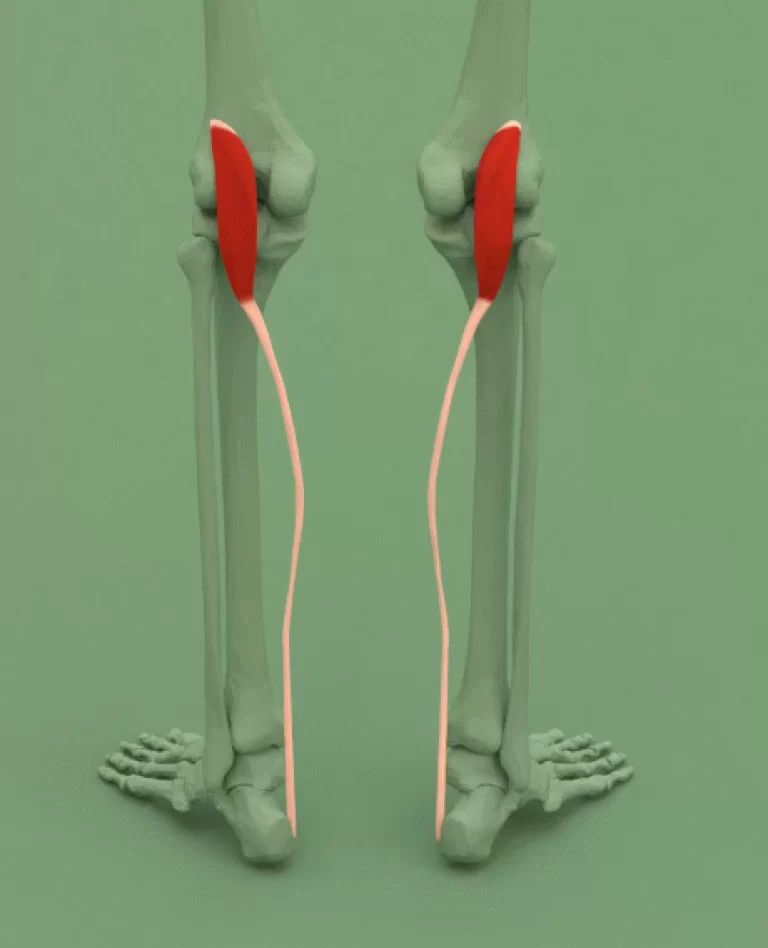Zygomaticus minor muscle
Introduction
The zygomaticus minor muscles are muscles of facial expression. It arises from the zygomatic bone, lateral to the remains of the levator labii superioris muscle, and inserts into the outer part of the upper lip. It marks the upper lip backward, upward, and outward and is also used in smiling. It is also innervated by the branch of the facial nerve (VII).
Zygomaticus minor is a thin paired facial muscle prolonging horizontally over the cheeks. It belongs to a big group of muscles of facial expression called the buccolabial group. Excluding zygomaticus minor, this grouping also includes levator labii superioris alaeque nasi, levator labii superioris, zygomaticus major, levator anguli oris, risorius, depressor labii inferioris, depressor anguli oris, mentalis, orbicularis oris, incisivus superior and inferior, and also buccinator muscles.
All muscles work together to maintain the shape, posture, and movements of the lips. In the collection of their respective actions, zygomaticus minor elevates the upper lip, thus revealing the maxillary teeth. The function of this motion is to prompt speech, as well as to enable other facial expressions, such as smiling.
Origin of Zygomaticus minor muscle
Zygomaticus minor originates from the anterior portion of the lateral surface of the zygomatic bone, singly posterior to the zygomaticomaxillary suture. It runs inferoanteriorly towards the lips, passing obliquely across the lateral exterior of the maxilla.
Inertion
The muscle inserts medial to the zygomaticus major muscle by integrating with the muscles of the upper lip; levator labii superioris and orbicularis oris.
Zygomaticus minor fictions were deep in the subcutaneous fat of the face and superficial to the levator anguli oris muscle. Zygomatic branches of the facial nerve pathway between the adjacent surfaces of these two respective muscles.
Zygomaticus minor is placed in a similar plane as, and superior to, zygomaticus major and sits inferiorly to orbicularis oculi. The labial attachment of the muscles is lateral to that of the levator labii superioris alaeque nasi. With levator labii superioris alaeque nasi, zygomaticus minor bounds a triangular space via which the levator labii superioris muscle passes.
Nerve supply
Zygomaticus minor muscles are innervated by the zygomatic and buccal branches of the facial nerve (CN VII).
Blood supply
Vascular supply to zygomaticus minor muscle arrives from the superior labial branch of the facial artery.
Function of Zygomaticus minor muscle
The zygomaticus minor muscles are the muscle of facial expression. It arises from the zygomatic bone, lateral to the rest of the levator labii superioris muscle, and inserts into the outermost part of the upper lip. It draws the upper lip backward, upward, and outer and is used in smiling.
Zygomaticus minor is a direct tractor of the upper lip, concurrently with levator labii superioris alaeque nasi and levator labii superioris. This signifies that it inserts into the upper lip literally, thus functioning upon it without an intermediary.
Working in synergy with the above-mentioned direct labial tractors, the zygomaticus minor muscle elevates the upper lip and deepens the nasolabial lines. The consequential function of zygomaticus minor is to donate to several facial expressions; smiling, smugness and contempt. Zygomaticus minor also assists speech, particularly if the purpose is to emphasize certain sounds such as the letter “E”.
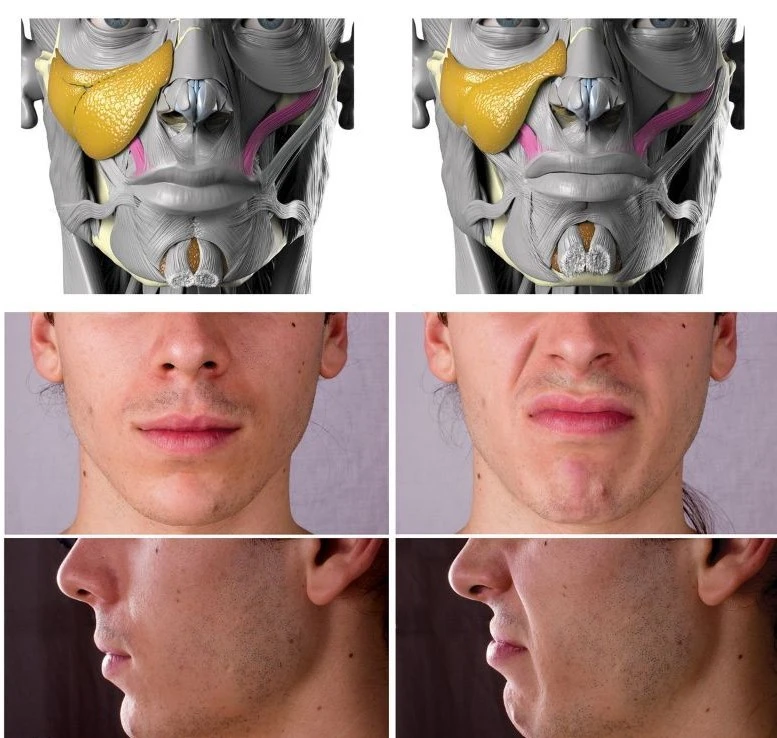
Clinical significance
In Bell’s palsy the zygomaticus minor muscle paralysis. Temporal tendinitis is a disease where the tendon running from the temple to the jaw becomes swollen. The inflammation can induce a considerable amount of pain in the zygomaticus area, including headache, jaw soreness, eye aches, and ear pain. It is often confounded with traditional sinusitis, but a doctor can accurately interpret this condition by simply palpating the tendon. Traditional treatment references rest, anti-inflammatory medications, or an instrument that can help prevent teeth from clenching together. In rare illustrations where tissue has degenerated, it may be essential to undergo surgery to remove the damaged tissue.
Pain in the muscles can also be the result of a fractured cheekbone. Most of the course, these fractures happen in a traffic accident, contact sport, or fall. Since the cheekbone is associated t the eye socket and the jaw, pain in the mouth or eye may furthermore occur. Even though it may not continuously be visible to the naked eye, fractures can cause internal bleeding that can influence the function of the brain. A CT scan or x-ray will assist determine if a fracture is present or not.
Exercises of Zygomaticus minor muscle
Pout: This exercise targets the muscles that help to protrude the lower lip and inferiorly draw it in. Connect the lower lip out and pull it into a pout position. Keep for five seconds before relaxing. Reprise the movement a total of 10 times.
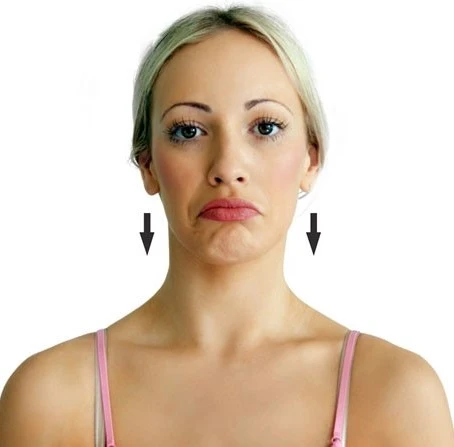
Perform a relaxation exercise with an applied gliding stroke to relax your zygomaticus major and minor muscles. For example, begin by sliding your fingertips from the corners of your mouth up and over your cheekbones. Use a diagonal course that stretches from your mouth to your ears, gently stroking the zygomatic muscles.
Strengthening exercise:-Muscle retraining exercises can be grouped as Smile exercises, Facelift exercises, Lip exercises, and exercises to strengthen the mandibular contours.
Smile exercise:- Have the face and lips in relaxation and the mind psychologically positive to slightly improve the contraction of the elevators. Initiate to smile; stretch the corners of the mouth laterally keeping the lips in slight contact and maintaining this position for 10s. Expand the smile scarcely laterally and upward to reveal the edges of the teeth, control the equivalency of the corners of the mouth and maintain this position for 10s.
- Increase the muscle tension, establishing a larger number and amount of teeth and demonstrating a lateral expansion of the cheeks, and observe that the relaxed lower portion of the orbicularis oris observes the retraction and elevation of the corners of the mouth to protect the mandibular teeth. Keep this position for 10s.
- Give full tension to the muscles especially laterally, paying attention not to expose gingival tissue except for the interdental papilla. Keep this position for 10s.
- Slowly relax and keep one-half of the teeth’ visibility. Maintain this position for 10s.
- Continue relaxing, just maintaining the edges of the maxillary anterior teeth visible, and maintain for 10 seconds.
- Go back to the initial position maintaining a slight pressure on the elevators for 10 seconds. Relax.
- Form a full smile and keep this smile with finger pressure at each corner. Close the smile midway with a finger resisting the pull and hold the tension for 10 seconds.
- Try to close the smile thoroughly with a finger resisting, having the lips trying to make contact in the middle part, and maintain for 10s. Relax.
- Reverse this movement and place the fingers laterally at the corners of the mouth, negligibly opposing muscle pull.
- Maintain the pressure and try to extend the smile laterally and maintain it for 10 seconds
- Extend the smile, reducing finger pressure. Relax.
FAQ
What does the Zygomaticus minor muscle do?
It marks the upper lip backward, upward, and outward (used in making sad facial expressions). Like all muscles of facial expression, it is innervated by the branch of the facial nerve (CN VII).
Why is it called zygomaticus minor?
Zygomaticus minor is a thin paired facial muscle prolonging horizontally over the cheeks. It belongs to a big group of muscles of facial expression called the buccolabial group.
How do you activate zygomaticus minor?
This exercise targets the muscles that help to protrude the lower lip and inferiorly pull it in. Stick the lower lip out and pull it into a pout position. Keep for five seconds before relaxing. Reprise the exercise a total of 10 times.
How do you increase the Zygomaticus muscle?
Lip pucker exercise benefits firming the muscles and controlling the lip movements. Pucker the lips in a whistling or kissing position. Hold the pose for five numbering before repeating for a total of 10 repetitions.
Does smiling strengthen cheek muscles?
The reason why smiling is good for controlling wrinkles is that it trains the muscles around the lips, mouth, and cheek regions and prevents them from sagging prematurely.

